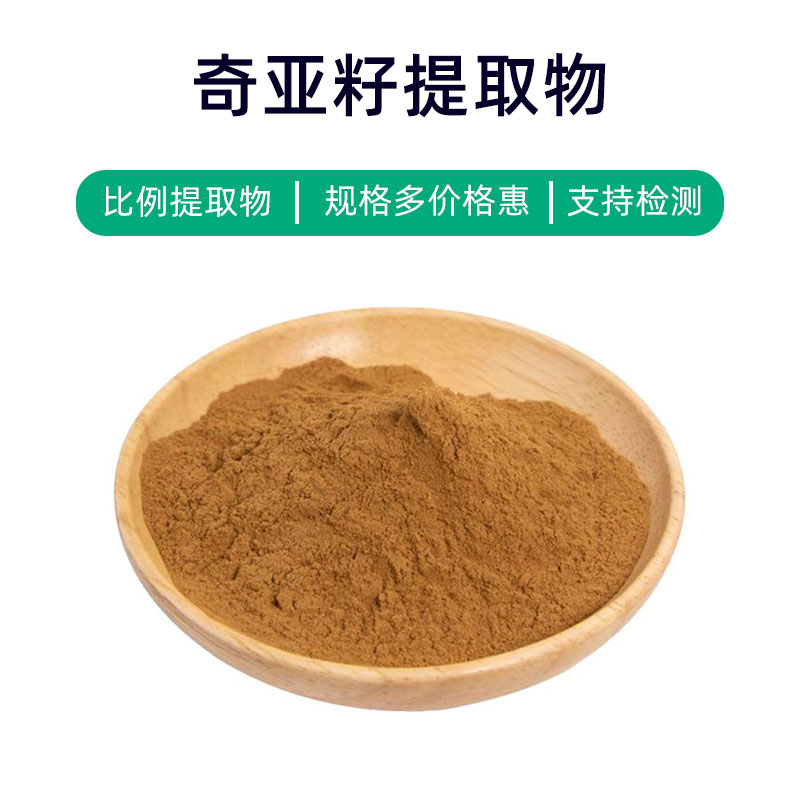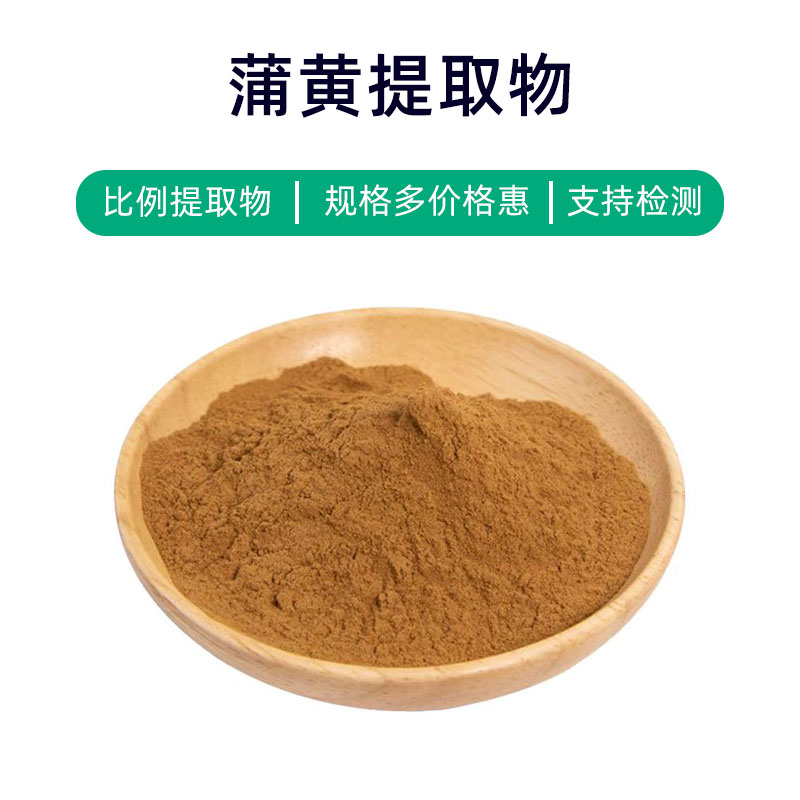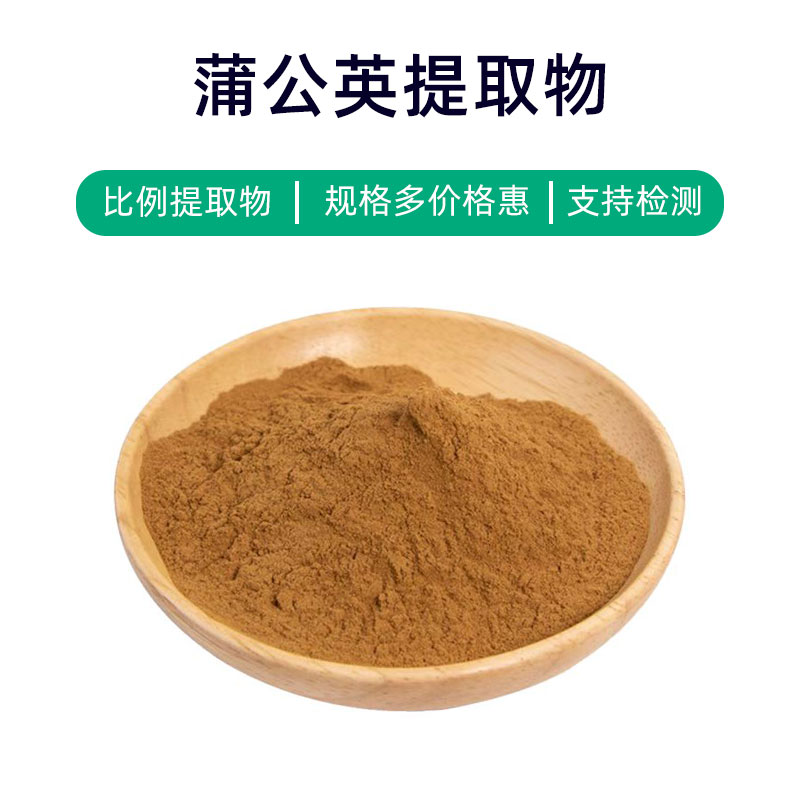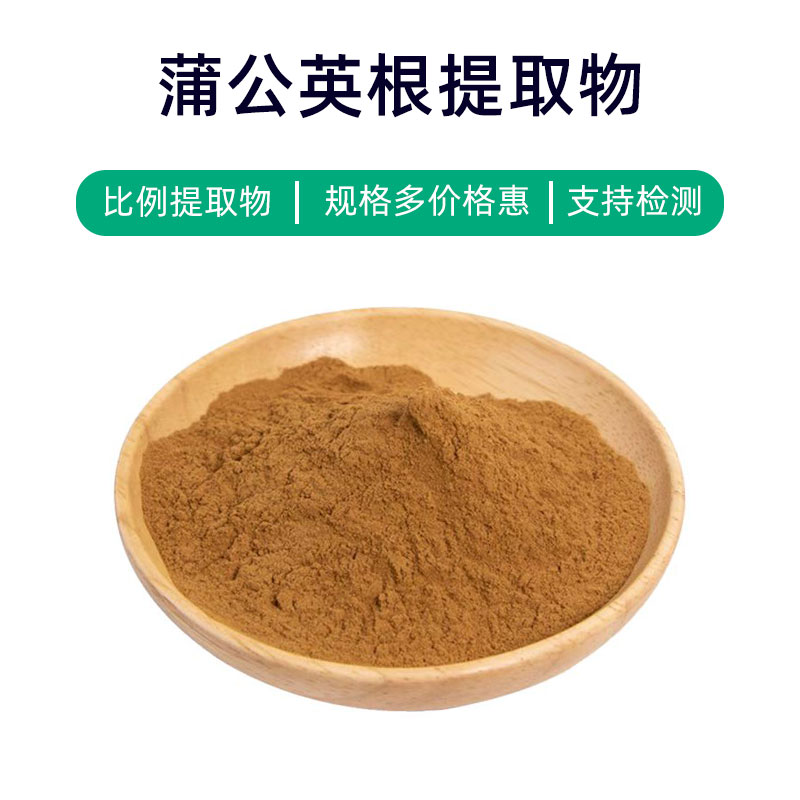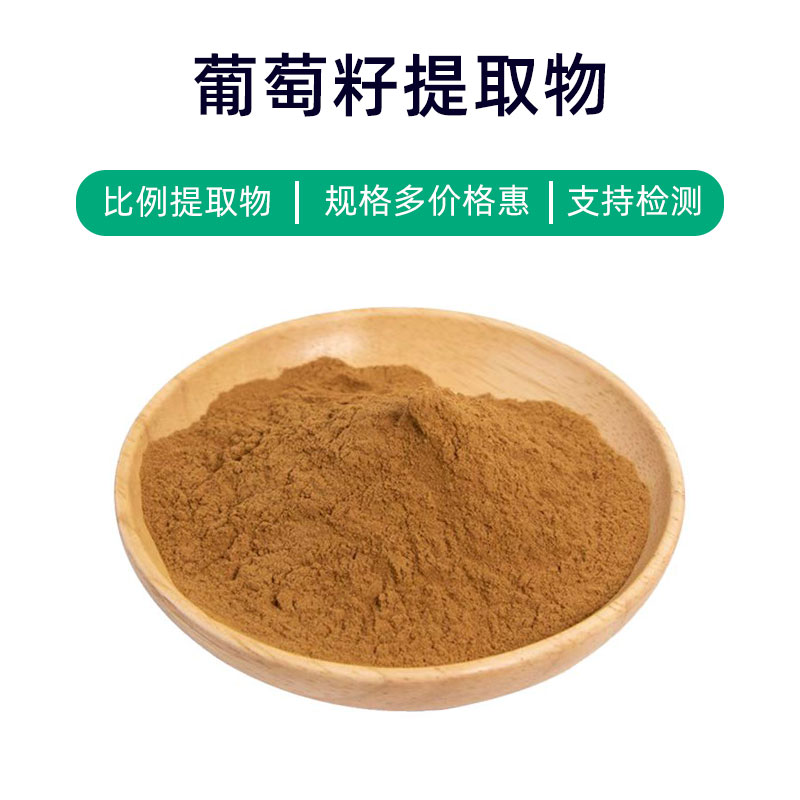Introduction to Rosa Roxburghii Extract
Rosa Roxburghii Extract is a natural plant extract derived from the Rosa Roxburghii fruit, primarily consisting of abundant vitamin C, anthocyanins, organic acids, and other active components. These substances provide the extract with various benefits and applications.
Firstly, Rosa Roxburghii Extract is rich in vitamin C, offering excellent antioxidant properties that help neutralize free radicals, slow down skin aging, and keep skin youthful and healthy. Additionally, the anthocyanins and organic acids found in the extract improve the skin's moisturizing ability, deeply hydrate the skin, and address issues like dryness and roughness, resulting in softer and smoother skin.
Furthermore, the extract possesses anti-inflammatory and antibacterial properties that help soothe sensitive skin, reduce inflammatory responses, and prevent and improve acne and other skin issues. It is also widely used in beauty products such as creams, serums, and masks to improve uneven skin tone and brighten the complexion, making the skin appear more radiant and luminous.
In the pharmaceutical field, Rosa Roxburghii Extract is commonly used in health supplements as a source of vitamin C and antioxidants, aiding in boosting immunity and preventing colds and other ailments. Overall, the extract has extensive application prospects in beauty care and health, and it is favored by consumers.
Production Process of Rosa Roxburghii Extract
The production process of Rosa Roxburghii Extract typically includes the following main steps:
- Raw Material Collection: Fresh Rosa Roxburghii fruits are collected as raw materials. The fruits should be selected from unpolluted, adequately ripened sources to ensure the quality and purity of the extract.
- Washing and Processing: The collected fruits are washed to remove surface impurities and dirt, ensuring the integrity of the fruits. After washing, the fruits may be chopped or ground to better release effective components.
- Extraction: The washed fruits undergo extraction, commonly using methods such as water extraction, ethanol extraction, or supercritical CO2 extraction. Appropriate solvents are utilized during the extraction process to isolate the active components, forming an extract solution.
- Concentration: The extract solution is then concentrated to reduce solvent content and enhance the concentration of active components. Common concentration methods include vacuum concentration and low-temperature concentration.
- Filtration and Purification: The concentrated extract solution undergoes filtration and purification to remove suspended matter, impurities, and other undesired components, improving the purity and quality of the extract.
- Drying: The purified extract is dried to remove moisture, reduce humidity, and increase stability, thereby extending its shelf life. Common drying methods include spray drying and vacuum drying.
- Packaging: Finally, the dried Rosa Roxburghii Extract is packaged into various specifications and forms, such as powders, liquids, or concentrated liquids, labeled with component content, production dates, batch numbers, and other information for sales and usage.
Through these processing steps, high-quality, stable Rosa Roxburghii Extract can be produced for applications in pharmaceuticals, health products, cosmetics, and more.
Effects and Side Effects of Rosa Roxburghii Extract
Rosa Roxburghii Extract has multiple benefits and actions, primarily including the following aspects:
- Antioxidant Properties: Rich in antioxidants such as polyphenolic compounds and vitamin C, the extract neutralizes free radicals, inhibits oxidative reactions, and protects cells from oxidative damage, thereby helping to slow down the aging process and maintain youthful skin.
- Anti-Inflammatory Effects: The bioactive components in Rosa Roxburghii Extract have anti-inflammatory effects, suppressing the release of inflammatory mediators and alleviating inflammation, pain, and discomfort, which helps in treating skin inflammation, allergies, and related conditions.
- Moisturizing and Hydrating: The extract boasts excellent moisturizing properties, enhancing moisture levels in the epidermis and improving issues such as dryness and roughness, leaving the skin smooth and soft.
- Whitening and Spot Removal: With its rich content of vitamin C and other whitening agents, Rosa Roxburghii Extract inhibits melanin production, reduces the formation of dark spots, evens out skin tone, and brightens the complexion for a more radiant look.
- Astringent and Soothing: The extract has astringent properties that help tighten pores, regulate sebum production, reduce shine, and relieve skin inflammation, calming sensitivity and redness for a refreshed and comfortable feel.
- Promoting Wound Healing: The bioactive components in the extract promote wound healing by accelerating the regeneration of epithelial cells and tissue repair, minimizing scar formation, and aiding in recovery from wounds, burns, sunburns, and other skin damage.
Despite its numerous benefits and effects, attention must be paid to individual differences and allergic reactions during use. Some individuals may experience allergies or adverse reactions to certain components of the extract, such as redness or itching. Skin tests should be conducted before use, and products suitable for one’s skin type should be selected. Additionally, long-term excessive use could increase skin burden and lead to adverse reactions, so it is essential to use it in moderation along with proper daily care and dietary habits for optimal skincare results.
Application Scenarios and Dosage of Rosa Roxburghii Extract
Rosa Roxburghii Extract has a wide range of applications in medicine, food, and cosmetics, offering multiple benefits and uses.
In the medical field, Rosa Roxburghii Extract is commonly formulated into traditional herbal medicines to treat common skin issues such as inflammation, allergies, and eczema. Due to its anti-inflammatory, antioxidant, and soothing properties, it can be used in topical ointments, sprays, and skincare products to relieve skin discomfort and improve related problems. The typical usage involves directly applying the extract to the affected areas and gently massaging it in several times a day until fully absorbed.
In the food industry, Rosa Roxburghii Extract can serve as a food additive, enhancing nutrition, flavor, and preservation. Common uses include adding appropriate amounts of the extract to beverages, juices, pastries, and other foods to elevate taste and nutritional value. The dosage generally follows the relevant regulations and standards for food additives, adjusted according to actual needs.
In cosmetics, Rosa Roxburghii Extract is frequently incorporated into skincare and makeup products, such as creams, lotions, masks, and serums. Its moisturizing, antioxidant, and whitening properties help improve skin dryness, dullness, and roughness, enhancing skin luminosity and elasticity. The typical application involves evenly applying the product to clean facial skin and gently massaging it until fully absorbed, with morning and evening usage recommended.
Overall, Rosa Roxburghii Extract, as a natural plant-based extract, is considered to have good safety and promising application prospects. However, attention must still be paid to individual differences and allergic reactions. If discomfort arises, use should be stopped immediately, and medical advice should be sought. Special populations, such as pregnant women, nursing mothers, and children, are advised to use the extract under medical guidance.
Introduction to the Source Plant of Rosa Roxburghii Extract, Distribution and Growth Environment
Rosa Roxburghii (scientific name: Rosa roxburghii Tratt) belongs to the Rosaceae family, also known as rose hips or mountain red, is a common fruit-bearing tree whose fruits are widely used in the production of food, medicines, and health products.
The native range of Rosa Roxburghii is primarily found in central and southern China, including areas in East China, South China, and Central China. This plant typically grows in mountainous and hilly regions at elevations ranging from 300 to 2500 meters, preferring warm and humid climates and soil. It can often be found in habitats such as slopes, forest edges, valleys, scrublands, and stream sides, demonstrating a strong adaptability to various soil types and climatic conditions.
Rosa Roxburghii trees are deciduous hardwoods with an aesthetically pleasing shape. The trunks feature sharp thorns, and the leaves are pinnate. The flowers bloom like roses, and the fruits are round or oval, usually red. The plant exhibits cold tolerance and is capable of thriving in a variety of climatic conditions, entering dormancy during winter and resuming growth in spring.
During growth, Rosa Roxburghii requires ample sunlight and moderate water supply to ensure fruit growth and maturation. They typically flower in spring and bear fruit in summer, with harvest generally conducted in autumn. After picking, the fruits undergo initial processing to produce Rosa Roxburghii Extract for use in food, health products, and pharmaceuticals.
In summary, Rosa Roxburghii is an important fruit tree plant with rich biological resources and broad application prospects. The fruit is packed with nutritious components and medicinal value, making it highly valued by people.
Processing and Storage of Rosa Roxburghii Extract
The processing of Rosa Roxburghii Extract typically involves harvesting, washing, de-seeding, grinding, soaking, filtering, concentrating, and drying. Initially, fresh Rosa Roxburghii fruits must be washed to remove impurities, then de-seeded to access the effective components. The de-seeded pulp is ground and soaked to extract the active substances. After filtering, concentrating, and drying the extract solution, Rosa Roxburghii Extract is obtained.
For storage, Rosa Roxburghii Extract should be kept in a cool, dry, and well-ventilated place, avoiding direct sunlight and high temperatures. The extract must be sealed to prevent moisture and air exposure, while also being kept away from harmful substances to ensure product quality and stability. Proper packaging and labeling can assist in the traceability and management of the extract.
Monica Sun is a seasoned expert in the plant extraction industry with over a decade of experience in research and production. She specializes in the extraction and purification of plant active ingredients, focusing on driving innovation in natural product applications. Monica has participated in the development of multiple functional plant extracts, delivering high-value natural raw material solutions for the health food, pharmaceutical, and dietary supplement sectors.









